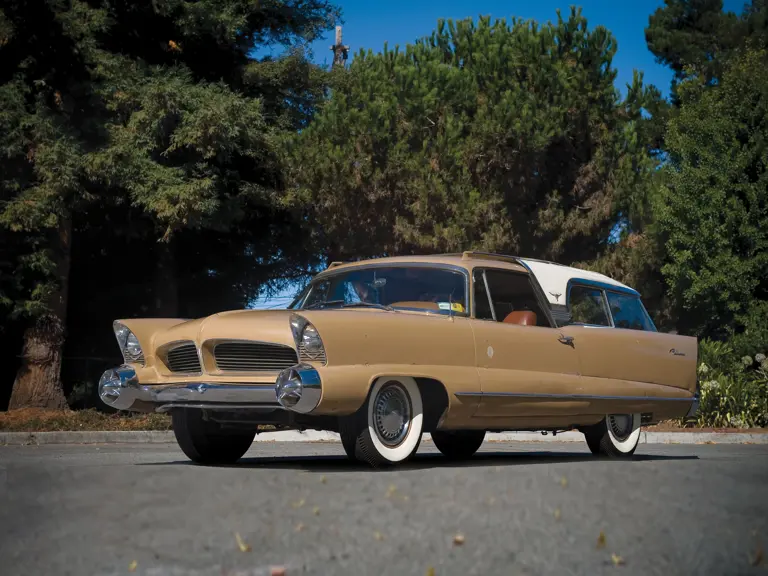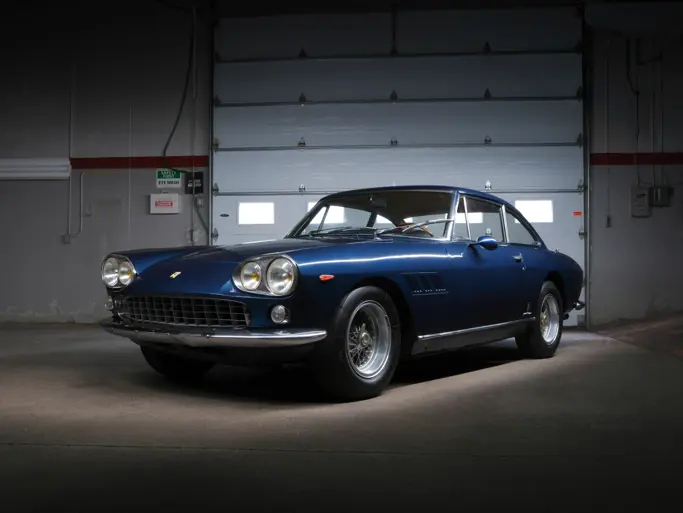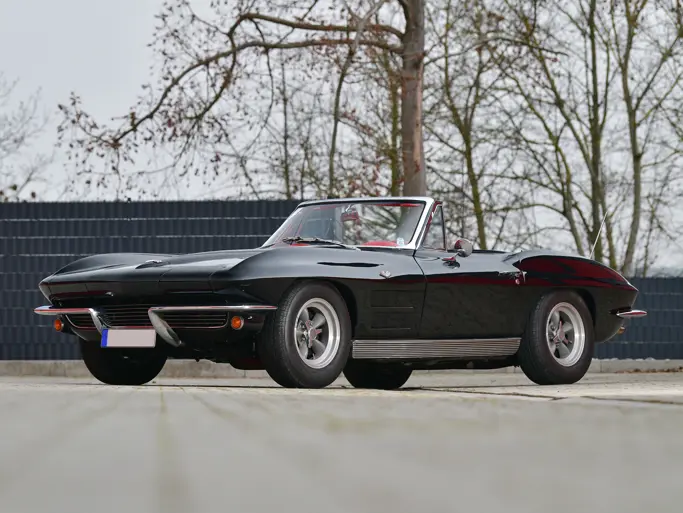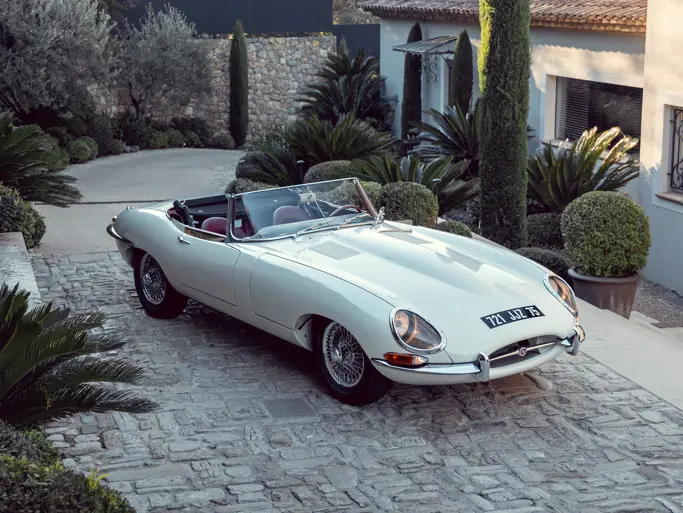During the banner years of Detroit’s “Dream Cars,” the annual auto shows were must-see events and the best place to witness just what tomorrow would hold for motorists of the future. The American buying public was treated to the latest styling trends, innovations, technologies and advancements in engineering, as well as a vast array of gadgets that could do anything from automatically parking one’s car to offering a place to cook a meal and wash dishes.
As Vice President of Styling for the Chrysler Corporation, Virgil Exner created a new school of automotive design. His “Forward Look,” as it was termed, would guide the design of all passenger car marques under the Chrysler corporate banner. Moreover, the post-war sales boom essentially gave Exner carte blanche to transform his visions of tomorrow into reality. Across the country and even around the world, Exner’s cars became the highlight of many stops on the auto show circuit as crowds would gather to see for themselves just what the future held.
One of the fastest growing segments in this automotive market in the mid-1950s was that of the station wagon. Exner’s response to this trend was the dream car he called “Plainsman.” The task of transforming Exner’s designs to a finished product fell to the famed Italian coachbuilders, Ghia. The actual car was crafted on a fully functional chassis with a complete drivetrain, so that it could be as practical and usable as any production Chrysler.
Finished in a captivating bronze metallic paint with an ivory-white padded top, the car was accented by extensive stainless steel and chrome. Headlights were sheltered in exaggerated reverse canted housings while a split front grille allowed for plenty of cooling air to the engine. There was a massive chrome bumper in front with simulated air intakes on the outer edges. To the rear of this modern wagon was a set of beautiful cathedral-style taillights, mounted into the peaked quarter panels. The gas filler tube is concealed under one of the taillights.
Factory promotional material stated the Plainsman was designed to reflect the “colorful and casual way of life that typifies the nation’s westward movement.” Unlike most of the station wagons available at the time, the Plainsman is a two-door model featuring a wide B-pillar, decorated with a hand-crafted steer’s head badge which provided a focal point for the Southwestern theme of the interior. There is comfortable seating for up to eight in a combination of leather bolsters, with genuine unborn baby calf-skin inserts, to help carry the motif throughout the vehicle. Up to six adults could sit comfortably on the front and center bench seats, while a rear facing power seat was accessible from the fold-down power tailgate. This trendsetting seat could accommodate a pair of youngsters in what would later be known as the “Spectator Seats.”
As stunning as this dream car was to behold, it was still a test bed for proposed production details that would eventually find their way onto the station wagons offered by Plymouth, DeSoto, Dodge and Chrysler. In addition to the rear-facing seats, another innovation first seen on the Plainsman was the unique storage of the spare tire, which was concealed under a flip-panel that comprised the lower portion of the right rear quarter panel and blends in with the design of the car.
A functional and utilitarian vehicle, the Plainsman offered over 106 cubic feet of load space with the tailgate lowered and the center and rear seats folded down. With the tailgate down, it provided just over seven feet of depth for storage and a width of five feet. All told, there was plenty of room for sports equipment, picnic gear, groceries, gardening supplies and more.
The effect was magnificent and the buying public was in love. The western-style Plainsman won rave reviews wherever it was shown, but as so often happens with one-of-a-kind vehicles of this type, it had to be retired from the limelight. Unlike a number of show cars that were destroyed after their show life was over, the Plainsman was more fortunate. Due to the fact that the body had been crafted in Italy by Ghia, Chrysler was told by U.S. Customs that the car would have to either leave the country or pay the duty in 18 months. In 1957, the car was shipped to Cuba where it was loaned to the president of the Cuban bank who used it as a family wagon. The wagon was eventually purchased by the Chrysler Export Manager who was living in Cuba. This gentleman was later forced to escape Cuba in order to avoid being arrested by Castro’s government and took the Plainsman with him.
In the 1960s, he was assigned to Australia, during which time several modifications took place. First, in order to comply with local laws, the Plainsman was converted to right-hand drive. While it had originally been powered by what was described as a “Chrysler Special V-8,” a modern 440 cubic inch V-8 was installed with plenty of power. For many years, the legend of the Plainsman circulated around Australia and came back to the United States when this Export Manager retired.
It was enjoyed for nearly 20 years as a family car, driven on many occasions in the United States. A private collector eventually acquired the car and converted it back to left-hand drive. Presented in unrestored and “as-found” condition, this car is a tribute to the skill and craftsmanship of a bygone era of show cars. The details of its remarkable history and escape from Cuba have been obtained from conversations by the owner with the Export Manager’s family. It retains the 440-cid V-8 engine and automatic transmission and continues to be very drivable and street legal. The consignor does, however, encourage a complete cosmetic restoration as being a very worthwhile project.
This is a remarkable, trendsetting and one-off station wagon in the grand tradition of the American West. Its offering represents a unique opportunity unlikely to be repeated.



 | Santa Monica, California
| Santa Monica, California


